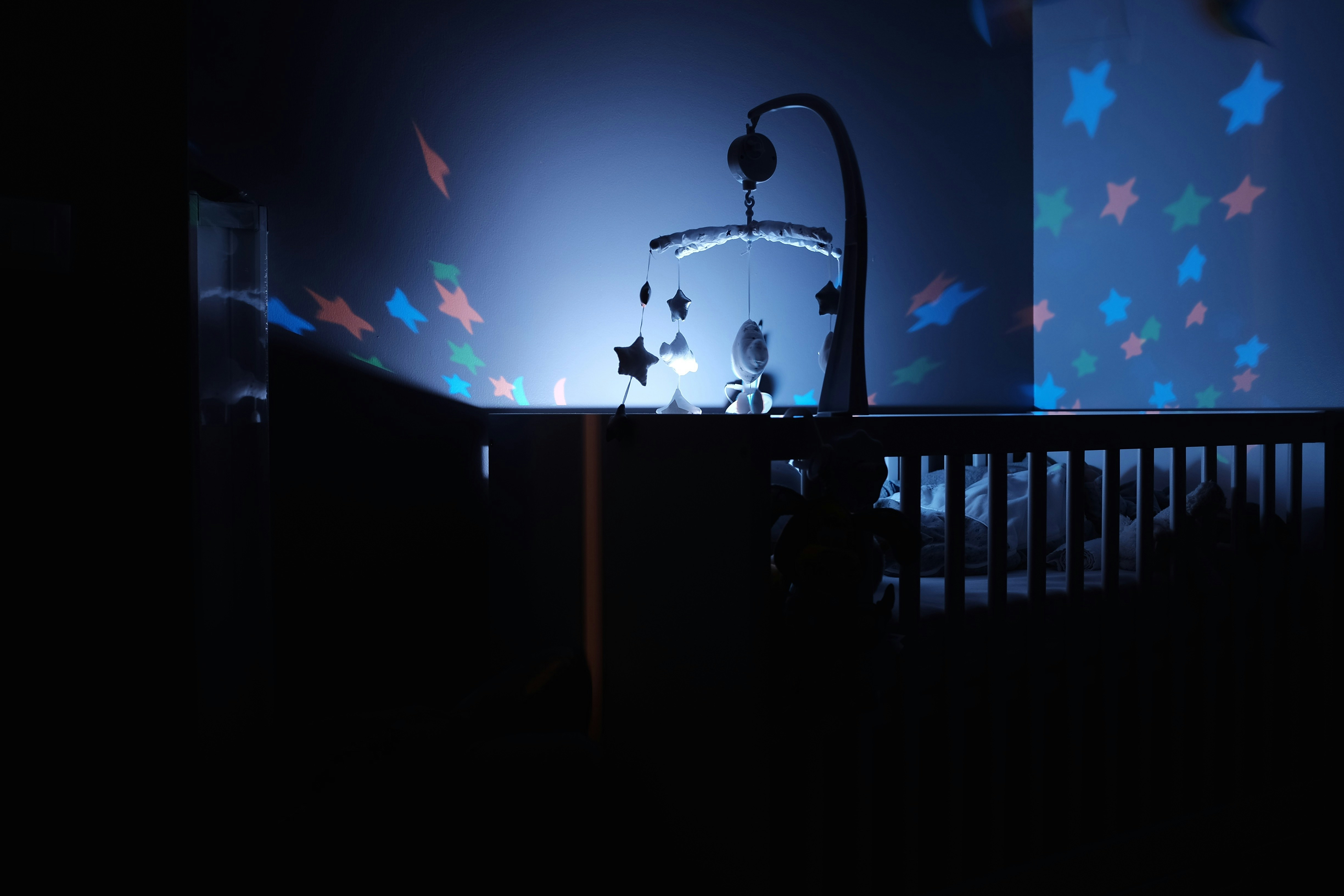A Guide to Sleep Training Your Toddler - Tips and Tricks for a Restful Night


As a new moms and dad, getting your baby to sleep through the night can seem like a difficult task. It can be difficult and exhausting attempting to find out how to get your child to sleep and remain asleep. However, with a few basic techniques and ideas, you can produce a positive sleep environment that will help your baby to sleep much better and for longer (newborn sleep). From establishing a bedtime routine to developing a comfortable sleep environment, this short article will offer you with the ideas and methods you require to get your child to sleep through the night.
The significance of sleep for children
Sleep is essential for all human beings, however it is especially crucial for infants (child sleep). Sleep helps to control a child's feeding and growth patterns, metabolism, and temperature regulation. It also assists to develop an infant's brain and cognitive function, and to regulate feelings. An infant who gets enough sleep is less most likely to be fussy, starving, and overtired. A child who gets enough sleep is also less most likely to have feeding problems, metabolic problems, and health issues in general. The sleep of your infant has a direct effect on their total health and wellness. Therefore, it is essential for brand-new moms and dads to comprehend how sleep works for babies, and what they can do to help their baby sleep better.
Developing a bedtime routine
A bedtime regimen is a vital part of getting your infant to sleep through the night (pediatric sleep). Developing a bedtime routine will help to manage your baby's sleep rhythms, along with help them to feel more unwinded. A bedtime routine ought to take place at the same time every night, and last around 30 minutes. The bedtime routine should include a warm bath, followed by a massage or other soothing activity that ends with your baby being put in their crib with the lights dimmed. The routine must be short and consistent so that your child associates it with falling asleep. A bedtime regimen will help you to better comprehend how long your infant takes to go to sleep, and will assist you to recognize possible sleep issues. It is necessary to keep in mind that your infant might not go to sleep instantly after starting the bedtime routine. This is regular, and it might take a number of nights or even weeks for your baby to find out to drop off to sleep at certain times.
Setting the stage for sleep
Lots of moms and dads will use a swaddle or other kind of swaddling device to help their child to sleep soundly. Although swaddling can be very useful in the beginning, it is essential to wean your infant off of swaddling once they outgrow the requirement for it. Swaddling can cause overheating, which can cause overheating and hyperthermia and hyperthermia in infants. Other methods to set the stage for sleep include creating a dark and quiet environment. Babies who are exposed to light and sound are most likely to wake up and not get adequate sleep. You may wish to think about acquiring blackout drapes and utilizing a sound maker to help your child remain asleep. https://curasleep.us/sleep-coaching/4-steps-to-a-perfect-bedtime-routine/ can also utilize white noise, such as a fan, to drown out any other sounds.
Tips to motivate sleep
There are a couple of ideas that can assist you to encourage your child to sleep much better and longer. Nursing your infant prior to bedtime can help them to sleep longer, as can putting them to bed while they are still drowsy from a feeding. Make sure to put your infant down in a sleep-safe environment, and avoid putting them on their stomach or side to sleep. Avoid offering your infant any supplements, such as sleeping help or teething gels, without speaking to your kid's physician. Avoid entering into bed with your child or selecting them up while they are sleeping. Likewise avoid making any significant changes to your infant's sleep environment. If you are not sure if an alteration is safe, speak with your child's physician.
Indications of sleep problems
While it is normal for your child to sometimes have nights where they have problem going to sleep, there may be an issue if it ends up being a consistent problem. If your baby's sleep patterns all of a sudden alter, it is essential to focus. If your baby is routinely getting less than 12 hours of sleep each day, or is having trouble going to sleep and remaining asleep, they may have a sleep issue. If your child has actually just recently established a new skill, such as crawling, walking, or teeth can be found in, they may also have a sleep problem. If your infant is routinely revealing any of the following signs, they might have a sleep issue: - They are waking up often during the night - They are awakening too early in the morning - They are exceptionally picky during the day - They are eating insufficient or excessive - They appear to be in pain - They are not growing at the anticipated rate - They are incredibly irritable - They are having troubles with cognitive functions such as reasoning, discovering, and issue resolving.
When to look for aid
If your child's sleep problems are not improving, or are worsening, it might be time to look for help. Whether you look for assistance from a sleep professional, or from your pediatrician, you will have the ability to get help and recommendations on how to improve your child's sleep. If your child is more youthful than 3 months old, you need to seek aid from your pediatrician as soon as possible. If your baby is older than 3 months, and has not been sleeping well for a couple of weeks, it is an excellent concept to look for aid too. If you go to your pediatrician for assistance and they recommend that your infant see a professional, it is best to follow their suggestions.
Developing a safe sleep environment
It is necessary to produce a safe sleep environment for your infant. You can do this by following these standards: Baby's sleeping environment must be as safe as possible while still being comfortable sufficient to encourage sleep. Some factors to consider are: - Ensure that the baby's baby crib, bassinet or co-sleeper is without loose sheets, comforters, pillows, toys, and other loose products that could be unsafe to the baby. - Infants need to be put on their back to sleep, with nothing in between them and the bed mattress. - Babies must sleep in a baby crib that meets existing safety requirements. If a baby crib is not a choice, babies can be placed in a bassinet or co-sleeper next to the moms and dads' bed. - Babies must oversleep a room that is as dark and quiet as possible.

Today's children's sleep article is in part made possible by Hearts & Dreams infant sleep coaching.

Hearts & Dreams
(406) 551-4083
https://heartsdreams.com
Hearts & Dreams is very similar to Seattle Sleep Doula https://pediatricsleepconsulting.com/.
Hearts & Dreams provides toddler sleep consultanting.
